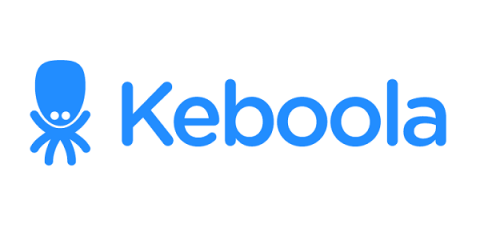5 Ways to Improve Your Dev Team Velocity
Velocity, much like the pulse rate or oxygen level of an individual, is an important measure of health for your development team. A low velocity score for recent sprints limits your team's options for delivering value. Sustained failure to deliver to stakeholders can erode trust with those stakeholders quickly. But how do you know exactly what your velocity is and how you can improve it?











